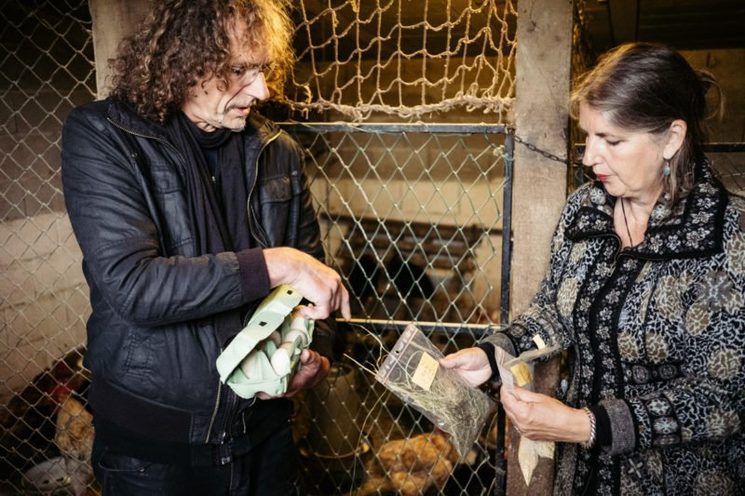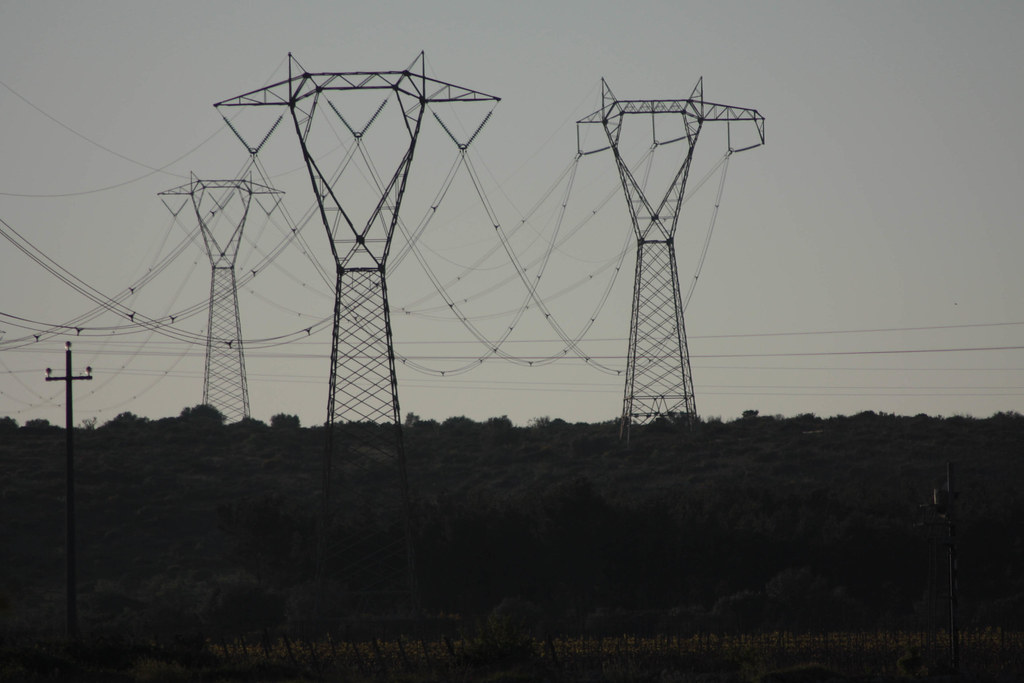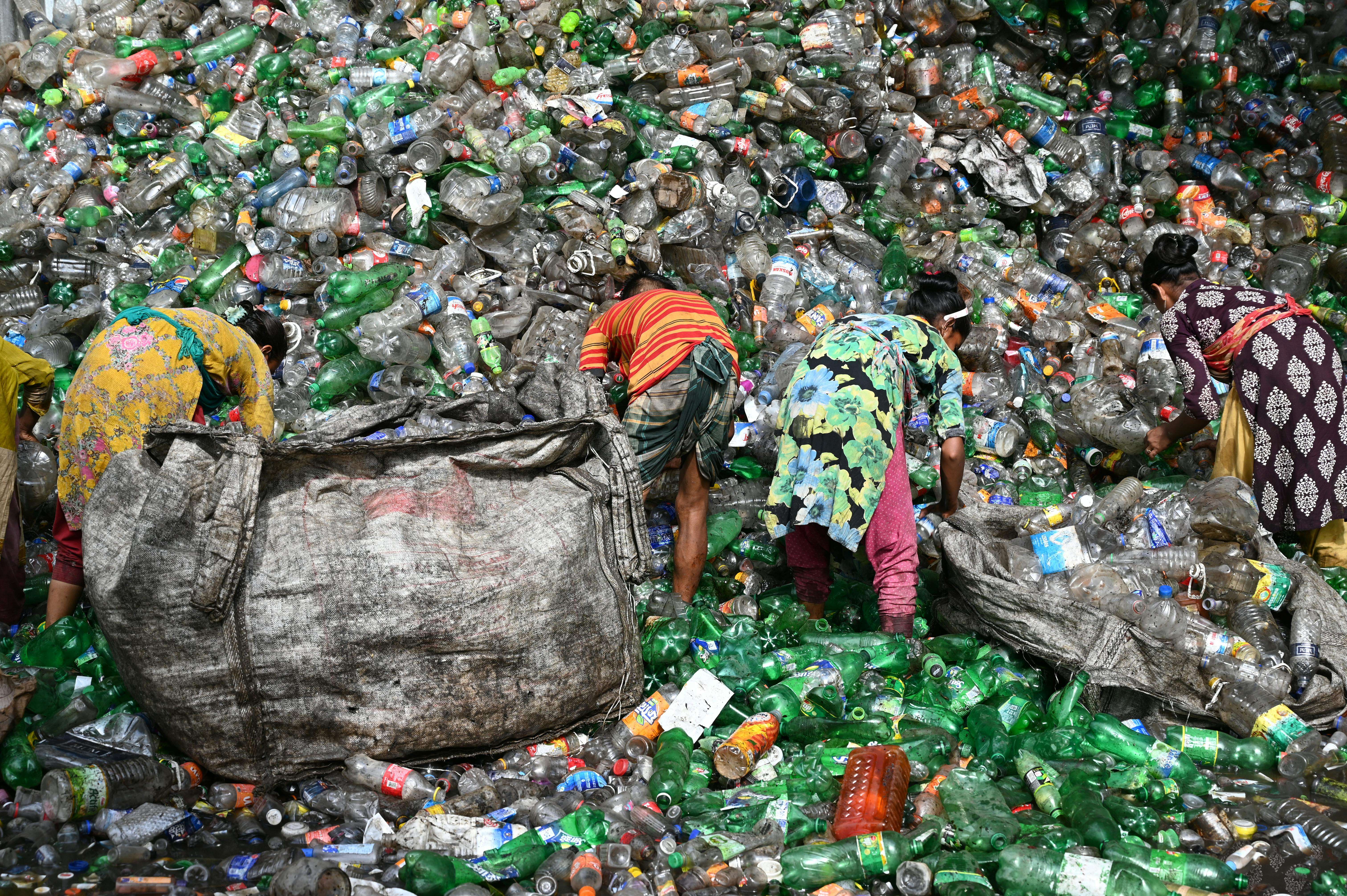Faced with the uncontrolled expansion of toxic PFAS, the European Commission is initiating its regulation
- A study promoted by major European media reveals that PFAS is distributed in thousands of black spots across the continent. PFAS (per- and polyfluorinated compounds, ‘Per- and polyfluoroalkyl substances’), which you have not heard of, are particularly polluting and have therefore forever named pollutants or eternals: they propagate in the environment but never dissolve and deposit in animal and human bodies. ToxiWatch, an expert in chemical pollution, says that dioxins and furans are even more dangerous than they are, and yet European public authorities are barely controlling.
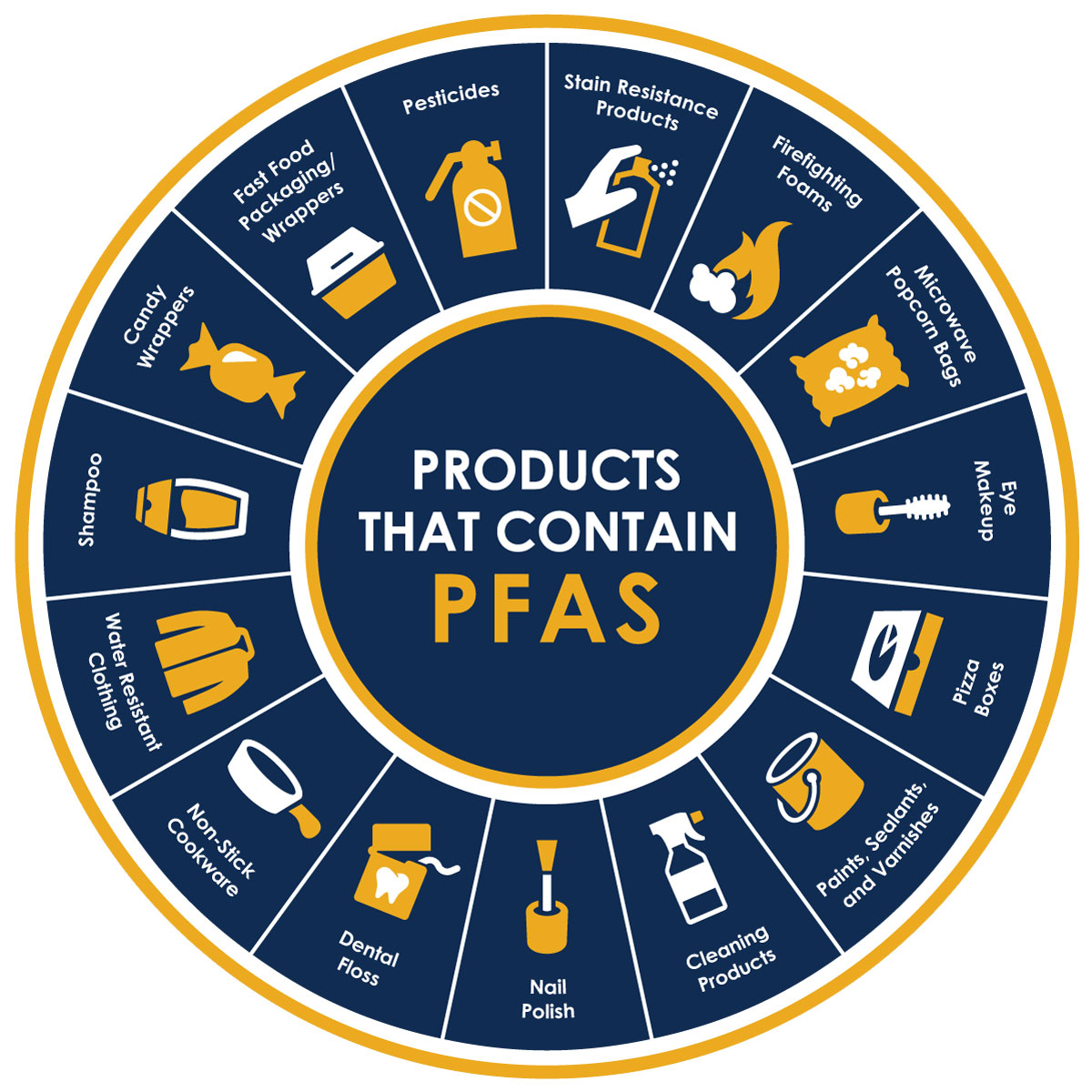
The Forever Pollution Project has been developed by major European media. Includes Le Monde, France, NDR, WDR and Süddeutsche Zeitung, Radar Magazine and Le Scienze, The Guardian, United Kingdom, SRF, Switzerland, etc. Thanks to the research published by them, many readers are now learning a curious sigla never heard: the PFAS.
Le Mond presents the PFAS at the beginning of his dossier: “Invisible and malignant pollution is what humanity must suffer for centuries and even for thousands of years. Throughout Europe there are thousands of spaces poisoned with chemical pollutants called PFAS. Thanks to their peculiar characteristics, these products have become essential in many processes and objects, from film to semiconductors, so as not to glue them any more".
The ARGIA reader has misread something about these PFAS: the ToxiWatch Foundation is looking for its traces in the mosses, leaves, waters and sludges surrounding the Zubieta incinerator, as the incinerators, when burning waste, also emit these, along with dioxins, furans, heavy metals and other pollutants. In addition, the toxicologist Abel Arkenbout has repeatedly denounced that PFASs are even more polluting than dioxins themselves. And given that the public authorities responsible for controlling pollution are still very much persecuted by industry as always by incinerators, the fact is that the control of incinerators that expel pollution from PFAS does not mention PFASs. ToxiWatch, however, considered it appropriate to analyse the presence of these PFAS in Zubieta, as it is certain that before the afternoon the European authorities will have to tighten legislation on these very dangerous pollutants.
But what exactly are PFAS? Per-polyfluorinated compounds, the PFASs pronounced by experts pifas, have been used since the end of the 1940s in some of our utensils, garments and everyday artifacts, which basically allow not to add food in these utensils, to easily clean dirty or not to pass water, like the well-known Teflon with pan and many other containers, the use of Scotch tapes in the industry is much more extensive.
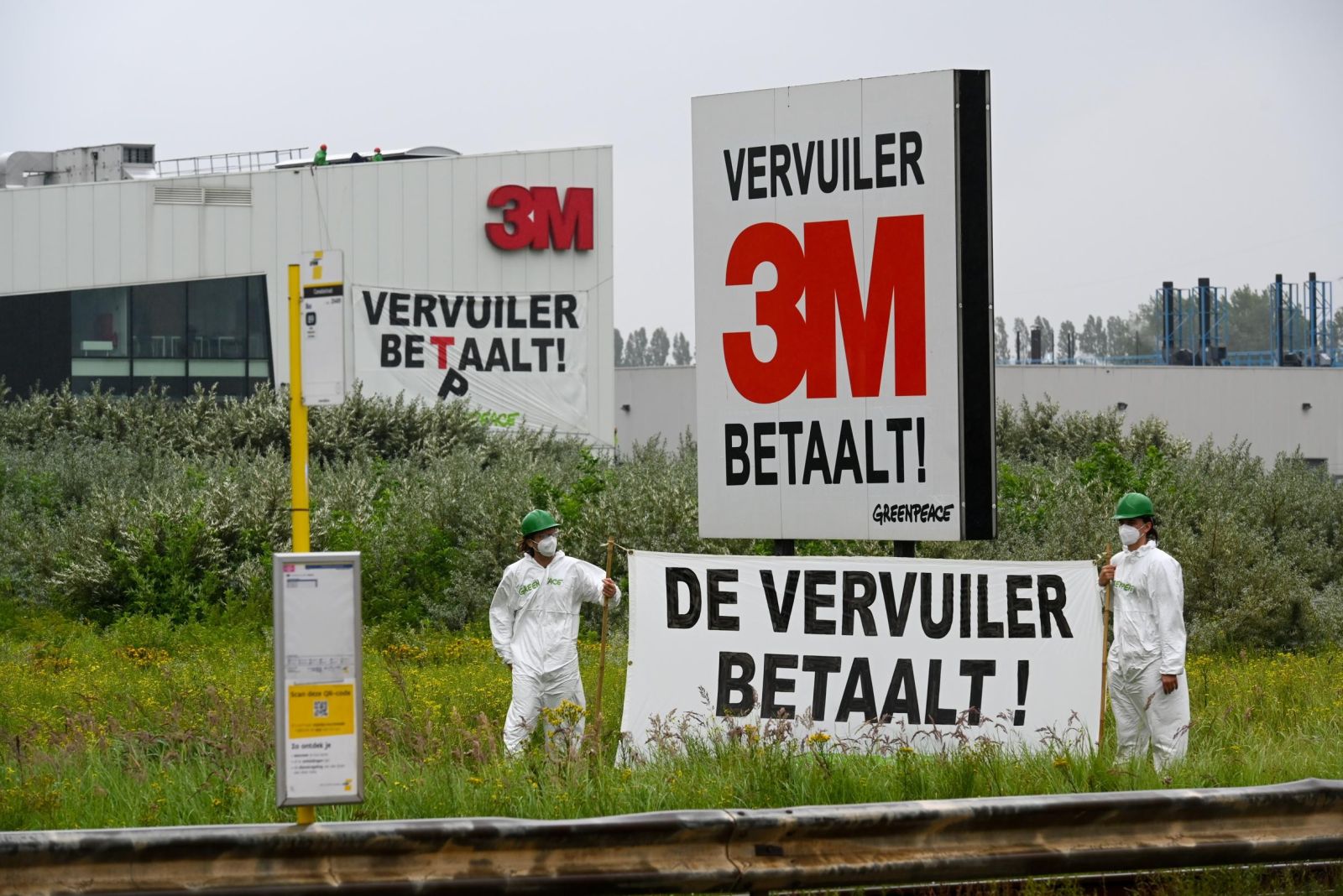
“Harmful to human health, summarized by Le Mond, there are thousands of compounds that can be included in the PFAS section, no one knows how many. In one thing they are the same, they are all immutable chains of carbon and fluoride produced by the chemistry of the 20th century, which gives them such valued characteristics, but it's what gives them a long life in the environment. Nature does not destroy and, on the contrary, can go far from the area of production or air dispersion, so it can be said that they are eternal chemicals.
To realize the degree of penetration of PFAS in modern societies, The Guardian has told this fact. The fire-fighting foams used by fire fighters when a fire took place in the Netherlands at Schiphol airport in Amsterdam contaminated their land. Similar cases have been observed in Germany and others.
Health experts have seen PFASs related to many diseases. The Forever Pollution study mentions some such as kidney and testicular cancer, thyroid diseases, ulcerative colitis, hypercholesterolemia, gestational hypertension, reproductive system diseases, immunity problems, etc.
Belgium, with its powerful chemical industry, is the one that the Forever Pollution project sees as the champion of PFAS pollution. Sad champion. And in one of those black spots in Belgium, a couple of years ago a huge PFAS pollution was detected in groundwater around the factory of the 3M multinational in the Flemish city of Zwijndrecht. On the alarm, the authorities recommended that families living in an area of up to 15 kilometres should not eat eggs from domestic breeders or vegetables from the domestic garden. In addition, residents up to 3 kilometers away have been offered blood tests to find out if they have any trace of PFAS. And the 3M multinational has had to commit to suspend the production of PFAS by 2025 and also to compensate the Flemish administration for EUR 571 million. Eye-catching protest by the inhabitants of Zwijndrecht to bring their contaminated home replicas to the portal of the headquarters of the multinational.
The Forever Pollution project has adapted to its dossier, coinciding with the announcement by the European Commission of a new step to remedy the lack of control of PFAS. The European Chemicals Agency (ECHA) launched a new procedure last January to reduce the spread of PFAS in the environment, promoted by Germany, Denmark, the Netherlands, Norway and Sweden, the most advanced countries in this field. Scientists and stakeholders have set a six-month deadline for discussing the proposal and the intention is that the new legislation will enter into force in March 2023.
The regulations will also influence the Basque Country. Firstly, by producing or using PFAS in the work of a number of small, large and very large factories that disperse them in air, water and nature. But it should also influence the closure of PFAS, mixing them with many other pollutants when burning them, incinerators, cement plants, etc. They pollute every corner. It is about local authorities starting to measure all these pollution. Because what is not measured does not exist, at least for the law. And so human, animal and plant health get sick from the loves of nonexistent contagion.
Energiaren Nazioarteko Agentziak (IEA) astelehenean argitaratutako txostenaren arabera, %2,2 igo da energia eskaria 2024an aurreko urtearekin alderatuta, besteak beste, egiturazko arrazoi hauengatik: beroari aurre egiteko argindar gehiago erabili beharra, industriaren kontsumoa... [+]
Kutsatzaile kimiko toxikoak hauteman dituzte Iratiko oihaneko liken eta goroldioetan. Ikerketan ondorioztatu dute kutsatzaile horietako batzuk inguruko hiriguneetatik iristen direla, beste batzuk nekazaritzan egiten diren erreketetatik, eta, azkenik, beste batzuk duela zenbait... [+]
Lurrak guri zuhaitzak eman, eta guk lurrari egurra. Egungo bizimoldea bideraezina dela ikusita, Suitzako Alderdi Berdearen gazte adarrak galdeketara deitu ditu herritarrak, “garapen” ekonomikoa planetaren mugen gainetik jarri ala ez erabakitzeko. Izan ere, mundu... [+]
Ur kontaminatua ur mineral eta ur natural gisa saltzen aritu dira urte luzeetan Nestlé eta Sources Alma multinazional frantsesak. Legez kanpoko filtrazioak, iturburuko ura txorrotakoarekin nahasi izana... kontsumitzaileen osagarria bigarren mailan jarri eta bere interes... [+]
Greenpeaceko kideak Dakota Acces oliobidearen aurka protesta egiteagatik auzipetu dituzte eta astelehenean aztertu du salaketa Dakotako auzitegiak. AEBko Greenpeacek gaiaren inguruan jasango duen bigarren epaiketa izango da, lehenengo kasua epaile federal batek bota zuen atzera... [+]









